Ok you! Let’s do this. Let’s write your About page! The essence and soul of your site.
People visit your About page, to find out who you are and what your deal is. It’s about showing off your awesomeness!
BUT it’s also about what’s in it for THEM. Because the bottom line is, that’s what people care about most!
Right now, you’re only 6 STEPS away from an amazing About page that you’ll be proud of.
So Stay tuned!
Why Is the About Page So Important?
The About page is SO important, because there’s a good chance this page will become one of your MOST visited pages.
Before people sign up for your free products or newsletter, or click “like” or “follow”, they are likely to check out your About page first. After all, you’re asking them to let you in to their personal email inbox- a big deal! So you want to make a good impression.
Some of you might feel a little intimated by putting yourself out there. No need to worry. The About page is not about exposing your most intimate details or writing an extensive autobiography. But, that said, it should be more than just a snap shot of your life along with a smart phone face photo!
Ok? Good. Grab a pen and paper and let the work begin!
STEP 1 – Your Brand
In addition to helping your audience learn more about you, the About page communicates your brand. Your brand is more than your logo, web design and content. It’s your face and personality.
How do you want people to feel when they visit your site and what impression do you want to leave them with?
I recommend jotting down some notes on this. Then circle back when you’ve written your About page and make sure your #vibe #style #personality aligns with your brand image.
For example, I recently received a letter from a pension and life assurance scheme on a fairly complex issue. They had suddenly changed their writing style from business professional to happy, fun, quirky with dumbed down language. It was totally inappropriate for the context of the letter and I just thought WEIRD!
Be consistent.
STEP 2 – Identify Your Reader
Make sure your reader knows they are in the right place. Identify clearly who they are. It’s important to connect with the right people, not all people.
It’s OK if someone doesn’t stick around once they realize your blog is about “x” and not “y”. You want laser like focus on your target audience.
It’s clear from Pat Flynns’ About page intro who he is talking to.
“Smart Passive Income is a resource run by me, Pat Flynn, to teach you proven strategies for running an online business and optimizing it for passive income”. – Pat Flynn
Online businesses targeting passive income – that is, entrepreneurs!
Describe your audience and add colour by using descriptive words – like stylish, passionate, generous, sporty, persistent, professional, compassionate, courageous, entrepreneurial or adventurous. Talk their language.
“Launched in 2013 as a community for creative entrepreneurs, bloggers, and small biz rockstars, this blog is a quickly growing collective of go-getters from all around the world”. – Melyssa Griffin
Who is your blog intended for and how will you help your readers?
I help ________________________________ to _______________________________ by __________________________________.
Steve Kamp, founder of Nerd Fitness describes his audience as “jockeys, nerds and average Joes.”
“I’m the rebel leader here at Nerd Fitness. I help desk jockeys, nerds, and average Joes level up their lives.” – Steve Kamp, Nerd Fitness
He then goes on to suggest situations different readers might relate to. He wants his readers thinking, “hey yes, that’s me!”.
“Maybe you’re here because you’re overweight and frustrated because you haven’t found success quite yet. Maybe you’re here because your doctor told you that you’re in danger of some serious health issues if you don’t make changes. Maybe you’re here because you just had a kid, and the reality that you being unhealthy could make THEIR lives more difficult just hit you like a ton of bricks. Maybe you just want to wake up, look in the mirror, and feel better about yourself.” – Steve Kamp, Nerd Fitness
List three situations or reasons why readers might be interested in what you have to say?
STEP 3 – Value Proposition
This part is important. Always remember your readers are motivated to stick around by what’s in it for them no matter how interesting your story is. This next section covers all the reasons why your blog is worth reading.
“Today, Copyblogger brings you original, relevant content every week about what’s working right now in online content marketing”. – Copyblogger
What can you do for them and/or what have you done for others?
“I create dead-simple educational tools that will get you more traffic, more leads and more sales—for less stress and zero drama. Social media is a people business, and I’m a people person. Keep reading to find out how I got here, where I’m going, and where I can take YOU.” – Amy Porterfield
STEP 4 – Credibility
Provide testimonials for social proof and give examples of your successes and achievements or your experience in a particular field. People want to know why they should listen to you.
If you’re new to your niche, let your readers know your starting out, that you love learning and share the same enthusiasm as they do for your passion.
STEP 5 – Your Bio
Use your bio to talk about your journey as it relates to your niche or topic – and your audience.
Begin with your life before your business and then how and why you started your business and a bit about your journey to arrive where you are now.
Circle back and make sure that your story stays connected to your topic. Keep on track.
STEP 6 – Call to Action
Now you’ve crafted your fabulous about page, take advantage of it!
People most often visit this page to make a decision about you. If they like you, bingo. This is where you want to encourage them to “do something” before leaving, maybe never to return to your site again.
A Call to Action is an instruction to your reader to provoke an immediate response. This could take form in a number of ways such as “follow me on Twitter”, “Like my Facebook Page”, “Sign up for my free eBook”, “join my Facebook Group”, “Save your spot at my Webinar” etc.
Whatever your Call to Action is, make use of the About page. You can place your call to action at the beginning and the end of your page. If your page is quite long, you can include your CTA within your content as well.
Now you should have a good chunk of content to work with. Here are some tips + 10 of my favorite About pages. I’ve chosen these pages to show you because they represent a variety of styles to give you some different ideas for approaching the About page. Don’t be afraid to step out of the box.
Tips
- Don’t be too short and mysterious or too long and boring
- When you write, do so in the first person. Use the pronoun “I”
- Be yourself and let your personality shine through
- Take time to tweak and fine turn your page until you’re happy with it
Top 10 About Pages
Keep refining your page until you’re happy with it. If it’s not happening today, try again tomorrow. And remember to check out as many About pages as you can for design, structure and content ideas.
I’d love to know how you went, crafting your About page using these 6 STEPS! Let me know, share below 🙂
AUTHOR: SARAH PILATI Hi, I’m Sarah! I’m here to help you create your first WordPress blog. I cover the early stages of your project – getting your website up and running! If you have any doubts you can do it yourself, this website is for you! You can get started here.

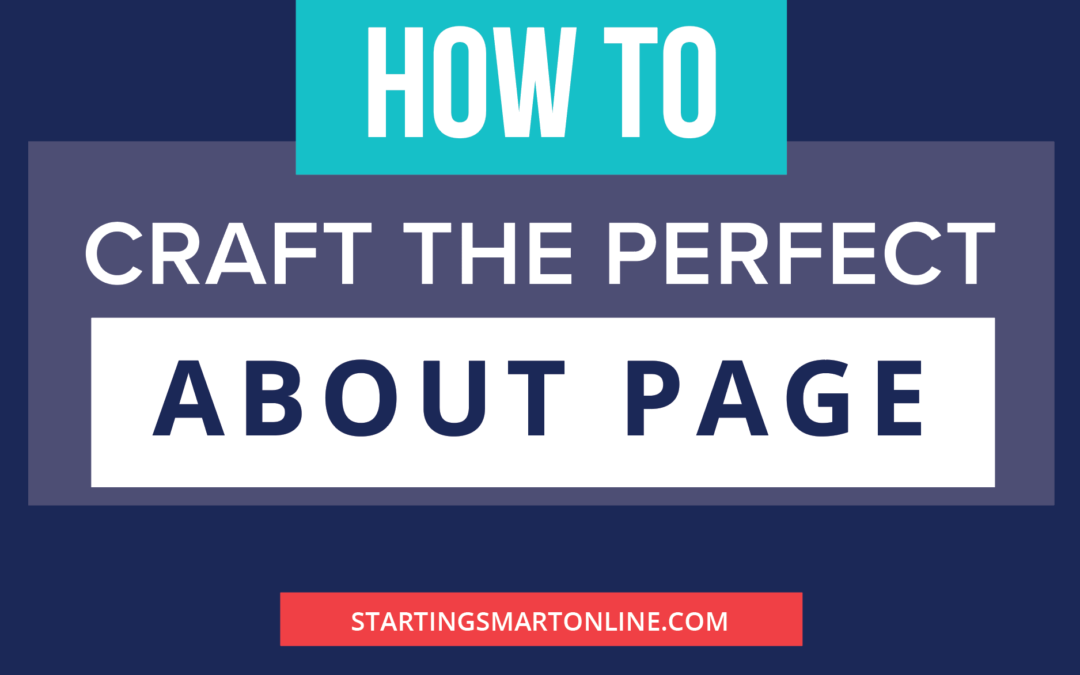
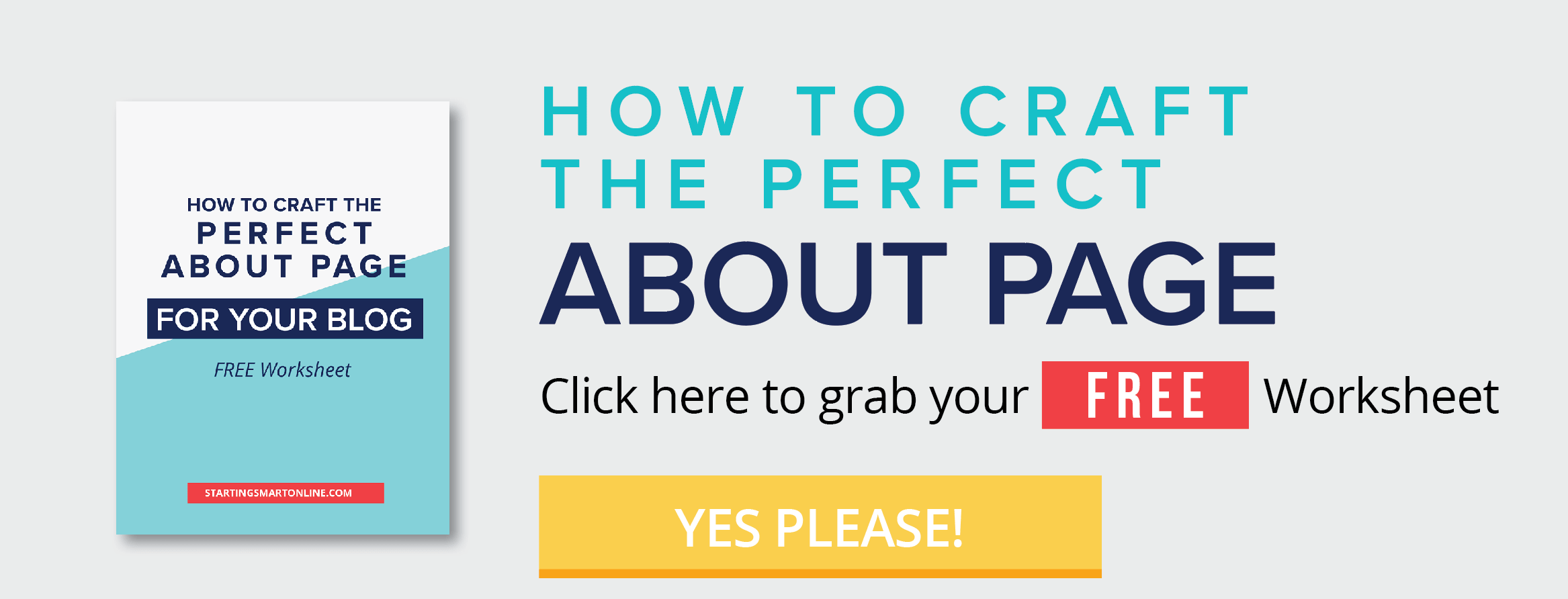
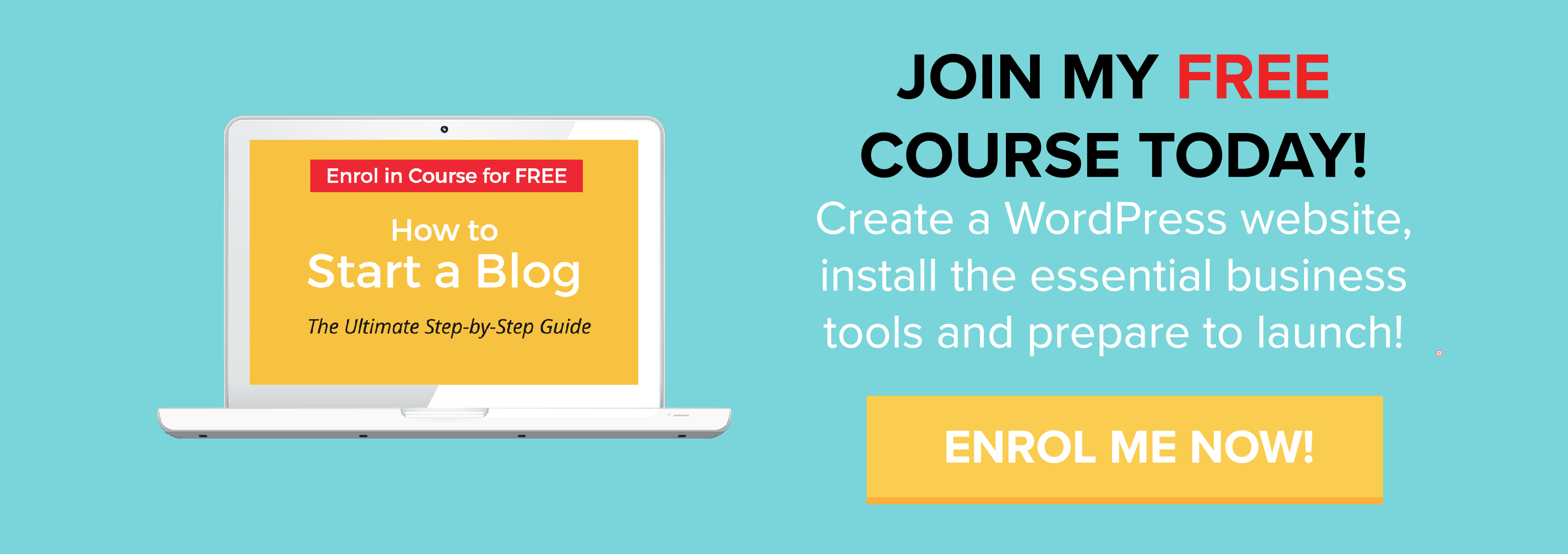

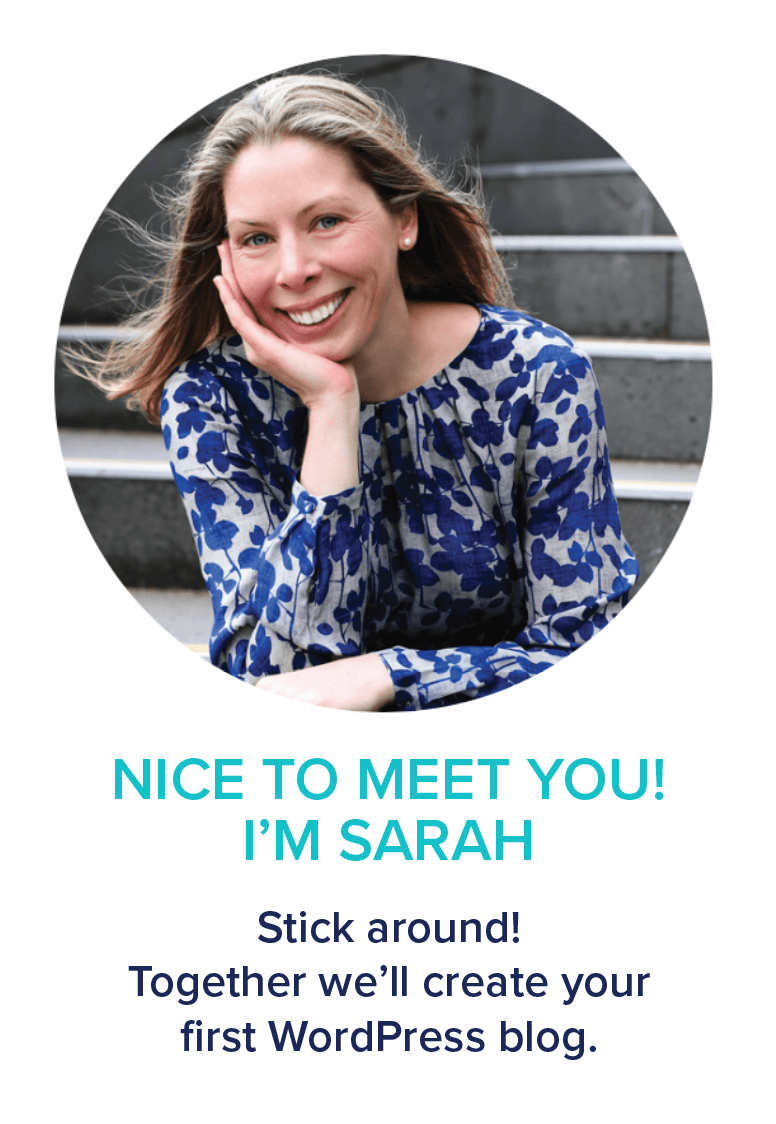
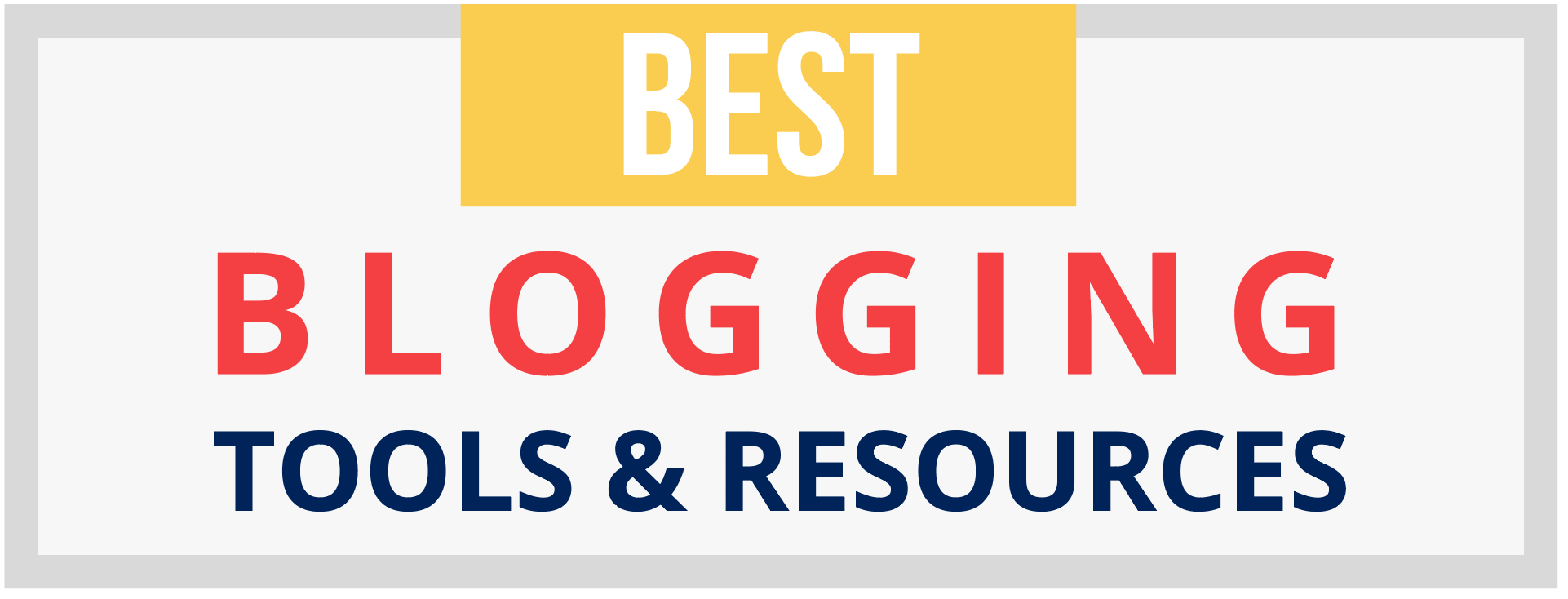
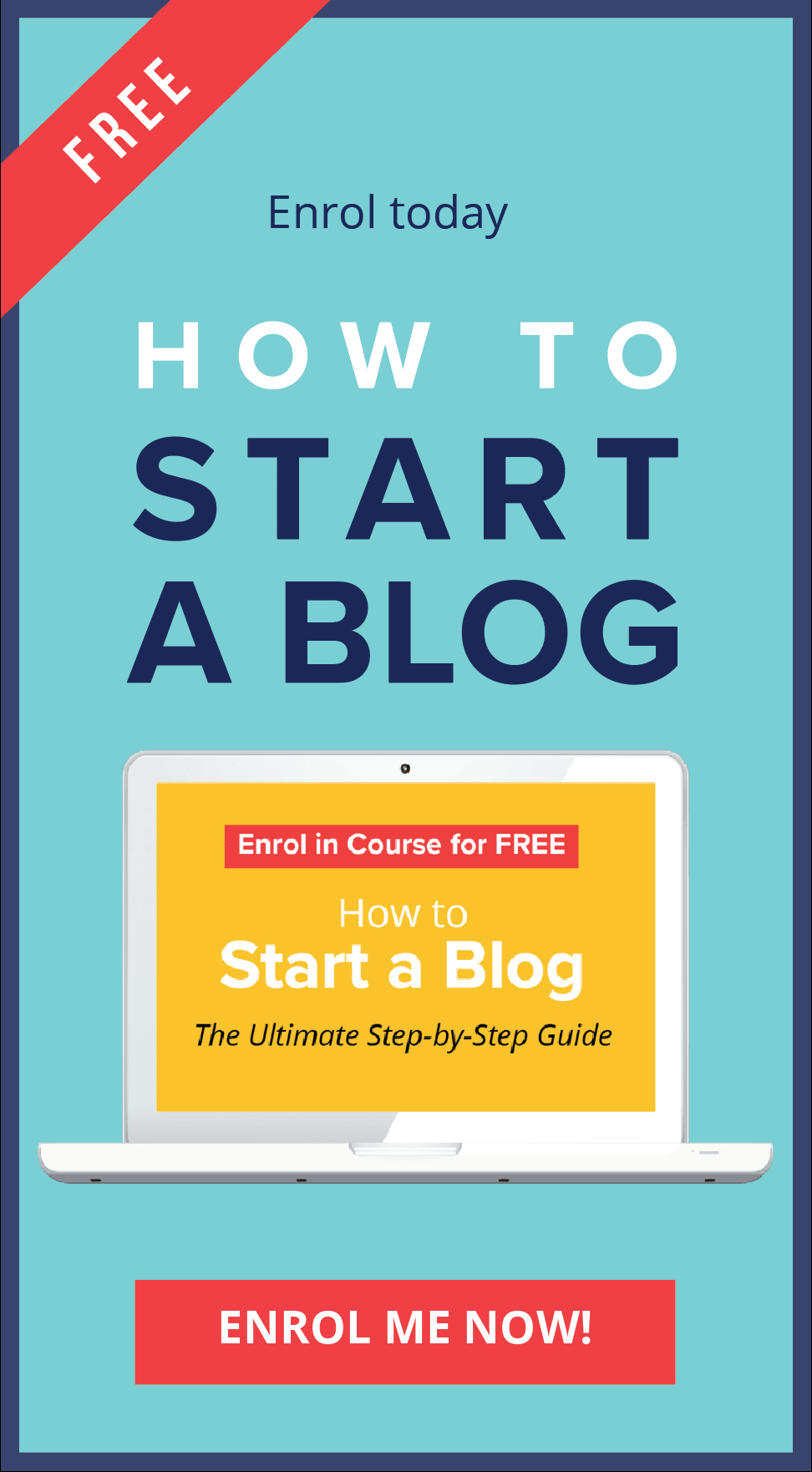
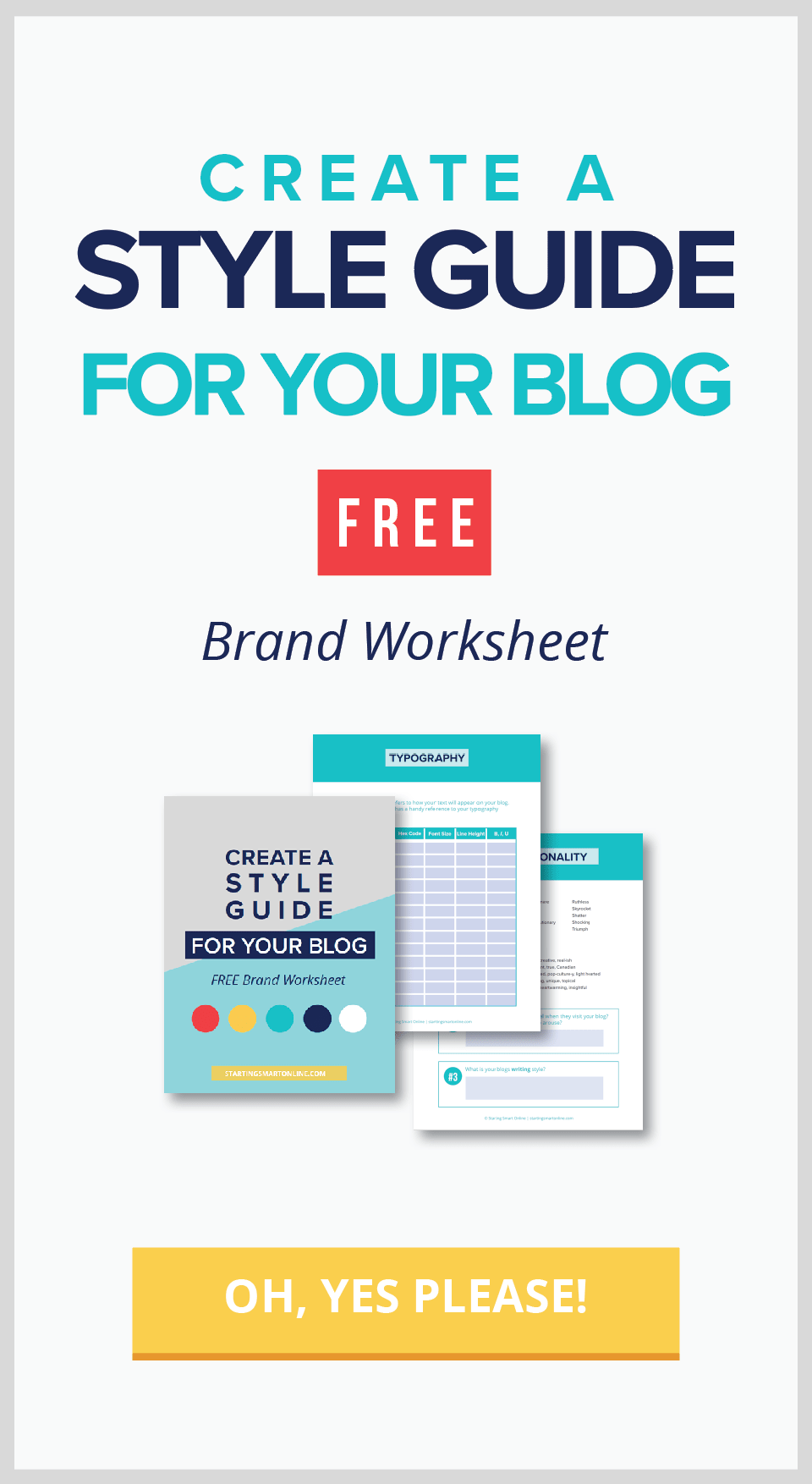
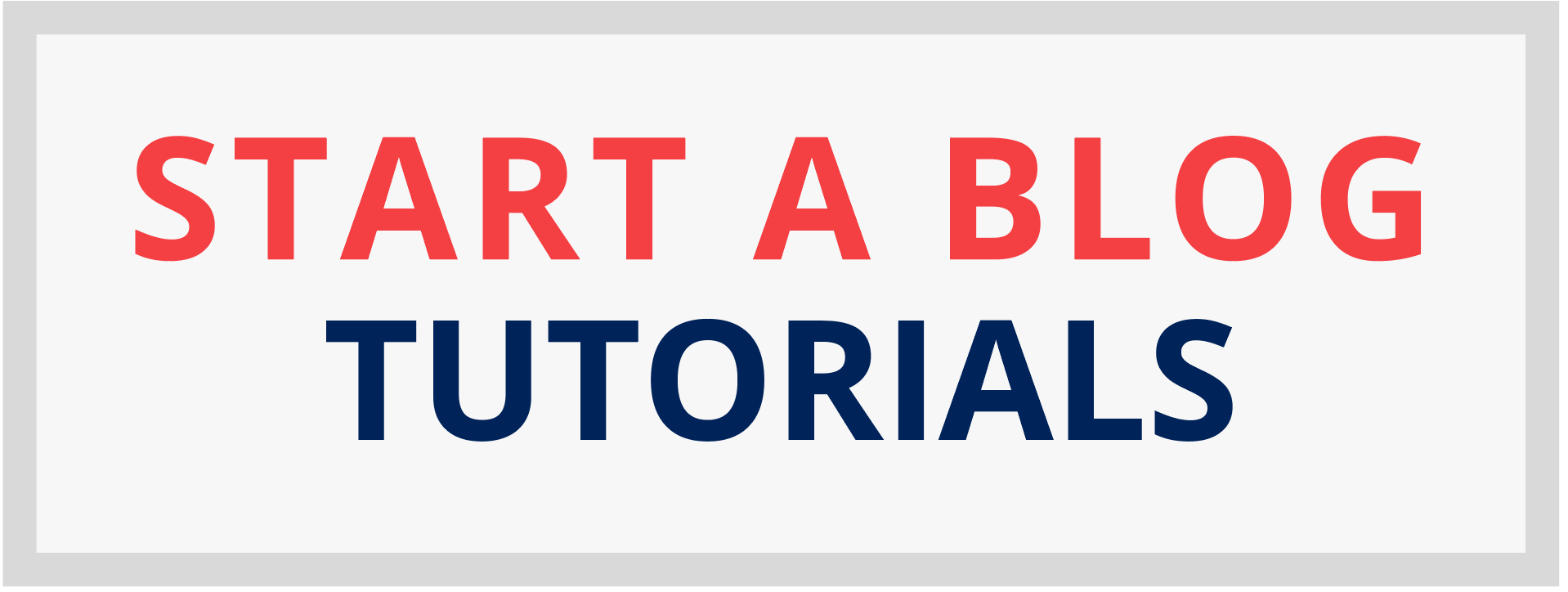
0 Comments